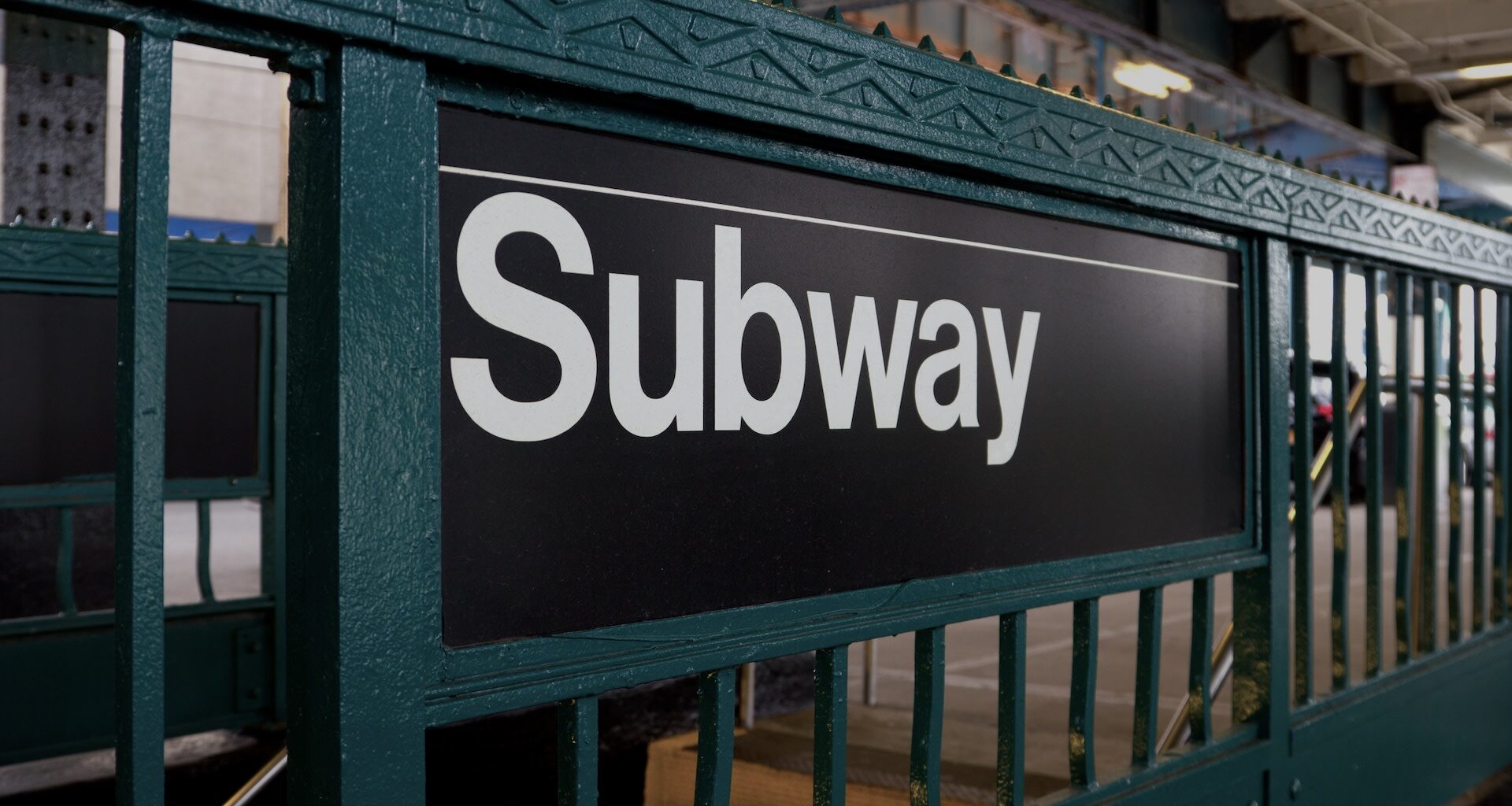New York City subway riders navigating the evening rush hour captured harrowing images of flood waters pouring into subway stations from above and shooting out of manholes from below, according to AccuWeather.
One video showed a subway train stopped in a flooded tunnel.
“I can’t open the doors,” subway personnel can be heard saying over an intercom, according to AccuWeather. “It’s not safe.”
@cbsnews “I can’t open the doors. It’s not safe,” a New York City subway conductor told passengers as floodwaters were seen taking over the 28th street platform on Monday. The water was seen bubbling over the platform and starting to seep into the train car as commuters talked amongst themselves. #newyorkcity #nyc #newyork #subway #weather #flood ♬ original sound – cbsnews
What’s happening?
The flash floods came as New York City experienced its wettest July 14 on record, decimating the 1908 record by more than an inch, according to The New York Times.
“What happened last night is really quite simple,” said Rohit Aggarwala, head of New York City’s environmental protection department, according to The Times. “The pipes were designed for a certain amount of water. A lot more fell from the sky.”
That “certain amount of water,” experts said, is 1.75 inches of rain per hour. The July 14 storm, which brought a record-shattering 2.64 inches of rain to Central Park, far exceeded that, according to The Times.
The potentially catastrophic results were caught on video and then posted online for all to see.
While no deaths were reported in New York City, two women in New Jersey died when a flash flood swept their vehicle into a brook, according to The Times.
Why are there so many flash floods in the news lately?
While no single weather event can be tied directly to human causes, scientists have predicted for decades that, as temperatures rise from the burning of dirty energy sources, severe weather events will increase in intensity.
Hotter weather means more intense rainfall because, as air becomes warmer, it can absorb more moisture. A lot more moisture, in fact.
For every one degree Fahrenheit the air warms, it can hold 4% more moisture, according to CBS-affiliate WNCN in North Carolina.
At some point, all of this moisture finally comes dumping down from the sky in the form of precipitation, and water systems, whether human-made or natural, can only handle so much water at once.
This is particularly true in urban areas like New York City, where concrete and asphalt give water nowhere to go but down storm drains. These pipes can quickly become overwhelmed, particularly when installed decades, if not more than a century, prior.
“It is now the case that five of the most intense rainstorms in New York City’s history have taken place in the last four years,” said Aggarwala, who also serves as the city’s climate chief, according to The Times.
The result of these more intense storms is flash floods, which destroy property, businesses, communities, and lives, as the recent deadly floods in Central Texas tragically illustrate.
What’s being done about flash floods?
When it comes to limiting the damage from flash floods, there is only so much that can be done to make infrastructure more resilient. As The New York Times has pointed out, the city has already spent billions to make its aged subway system more climate resilient.
The videos that stunned subway riders posted online, some of which showed manhole covers spouting like geysers, strongly suggested the city still has a long way to go.
The only surefire way to avoid the worst impacts of rising global temperatures is to significantly reduce the amount of heat-trapping, planet-warming pollution in the atmosphere.
Though the problem might seem so enormous that nothing can be done about it, even small actions make a measurable difference, especially when multiplied times millions of people.
Riding a bicycle, taking public transit, driving an EV, or installing solar panels are all great ways to reduce planet-heating pollution while also improving air quality in your community.
Join our free newsletter for good news and useful tips, and don’t miss this cool list of easy ways to help yourself while helping the planet.
